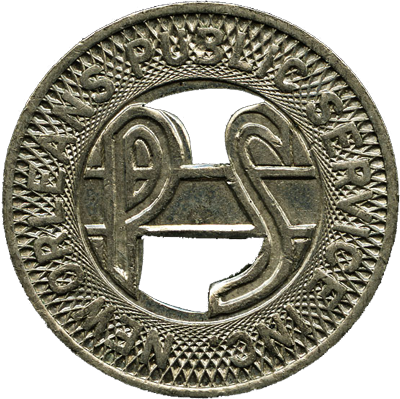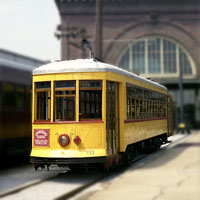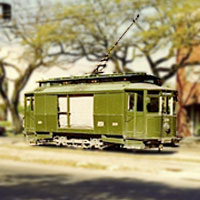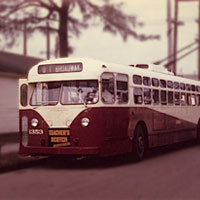
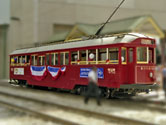




New Orleans
Laissez les bon temps roulez
The Crescent City is known for many things unique, but in terms of steel wheels on rails, New Orleans, Louisiana, holds the distinction of owning the oldest continuously-operated public streetcar system in the world. Through periods of expansion, contraction, then expansion again, NOLA's venerable street railways make literal the Big Easy's enduring motto: Let the good times roll.
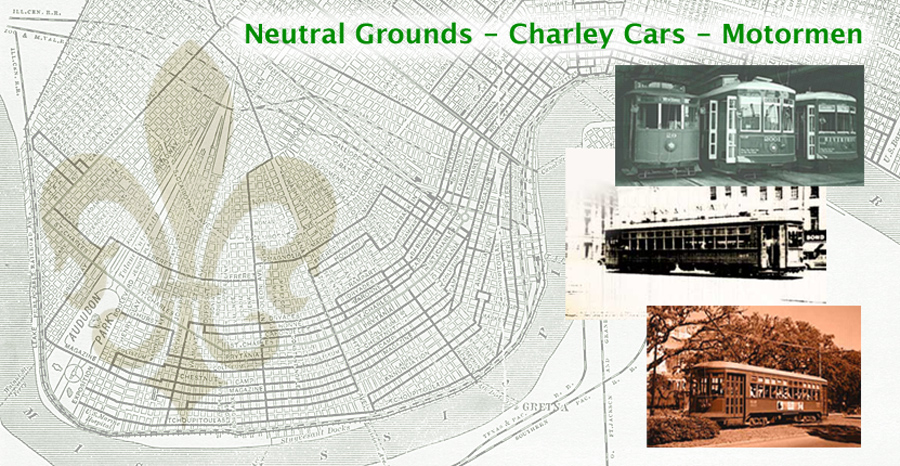

Carrollton Avenue / New Orleans, La / May 1987 / JCH

NEW ORLEANS: Fabulous, vivacious, romantic New Orleans -- city of contrasts and contradictions. Emotional yet nonchalant, had insouciance yet is intense with pride. It is cosmopolitan to the Nth degree, and at the same time as provincial as a small town off the beaten track. The story of New Orleans' street railways starts in 1831 -- with street cars running thru it, steam, horse, and electric. If some others appear, do not be surprised as there was tried about every kind of method invented except the conventional cable car, the conduit electric car, and of course (as yet) no atom powered vehicles.
E. Harper Charlton, April 1955

 Since well before the Civil War,
street railroads of one sort or another have plied the low-lying streets of the New Orleans, Louisiana. From the electric system's all-time mileage peak in 1924 of nearly 225 route miles,
the years following World War II saw continual abandonment of lines. Most rail routes were turned over to buses or abandoned altogether, until only the well-attested St. Charles line remained in service.
These green "Charley Cars" soldiered on alone for decades, car modernized then renovated again, until the late 1980s saw the opening of a new Riverfront line downtown along the mighty Mississippi River. More modern expansion followed with the historic return of streetcar service along Canal Street and out to the Cemeteries district in the fall of 2003. Infamous Hurricane Katrina struck a mighty blow to the St. Charles line right-of-way and the new Canal Street cars in 2005,
but both segments returned to service in good order. Today, three classes of streetcars scurry locals and tourists alike along three separate routes,
hopefully securing the future of this historic system well into its third century of operation.
Since well before the Civil War,
street railroads of one sort or another have plied the low-lying streets of the New Orleans, Louisiana. From the electric system's all-time mileage peak in 1924 of nearly 225 route miles,
the years following World War II saw continual abandonment of lines. Most rail routes were turned over to buses or abandoned altogether, until only the well-attested St. Charles line remained in service.
These green "Charley Cars" soldiered on alone for decades, car modernized then renovated again, until the late 1980s saw the opening of a new Riverfront line downtown along the mighty Mississippi River. More modern expansion followed with the historic return of streetcar service along Canal Street and out to the Cemeteries district in the fall of 2003. Infamous Hurricane Katrina struck a mighty blow to the St. Charles line right-of-way and the new Canal Street cars in 2005,
but both segments returned to service in good order. Today, three classes of streetcars scurry locals and tourists alike along three separate routes,
hopefully securing the future of this historic system well into its third century of operation.
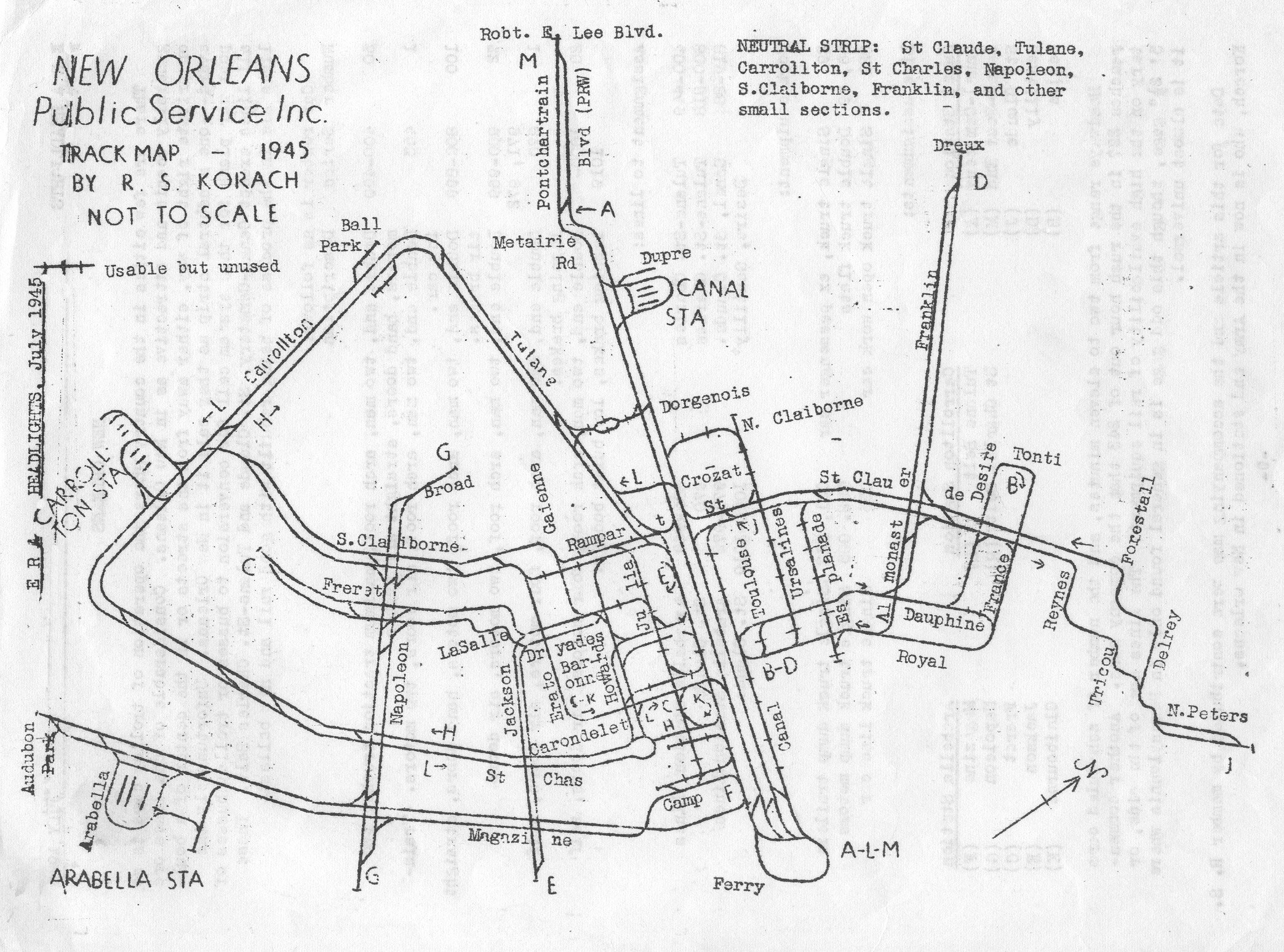
1945 NOLA route map / web

Collections below without links are still under development. Stay tuned!
Features

Historical Overview
Expansion and Contraction
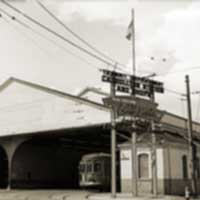
Carrollton Car Barn
Keeping History Rolling
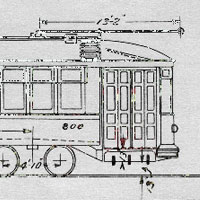
Arch-Roofed Steel
Anatomy of a Classic Car
Routes
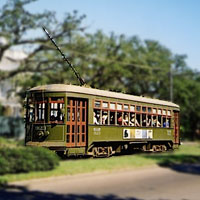
St. Charles Avenue
Along the Grand Thoroughfare
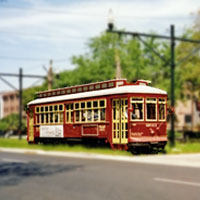
Canal Street
New cars for a Classic Route
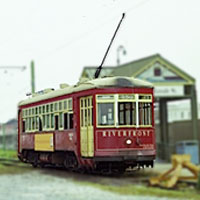
Riverfront
Service to the Vieux Carre
 Lagniappe
Lagniappe


By the time the school History Fair rolled around during my 9th grade year, I had learned an important lesson: Talk about what you know. (My previous attempt at Stonehenge afforded me this wisdom ... They just looked like big rocks to me.) A new year brought a new chance, and prized among the things I knew something about as a 14 year-old was streetcars -- New Orleans streetcars. (Indeed, is there another kind?) I've ridden NOLA cars all my life, mostly because I have a father who has ridden them all of his. My dad grew up off of Carrollton Avenue in the 1930s and 40s, and green streetcars form an integral part of his childhood memories: riding the St. Charles car downtown to go shoe shopping with his mother; hearing the cars rumble by outside on a Sunday morning while at the Carrollton Presbyterian Church; watching them line up in rows at Napoleon Avenue to carry crowds of swaggering Mardi Gras revelers back to their homes and hotels. In my own childhood, rare was the trip into the CBD that we didn't find time to ride a car in from Palmer Park, just for the fun of it, or at least drive by the Willow Street barn to see what was waiting on the outbound tracks. Back at home, as a kid, I'd spend hours riding my bike around the neighborhood: every corner a new car stop, in every block I was the motorman. Sufficed to say, in later years, when Mr. Welch insisted that we each enter the History Fair, NOLA streetcars made for the obvious choice. Dad and I spent hours making a display board full of pictures, and together we built a 1:48 scale mock-up of a St. Charles Avenue scene ... complete with a runner jogging down the neutral ground. In the end, my project made it all the way to the state competition, winning first place in local history and second place overall.
Like I said, always talk about what you know.


Snapshots
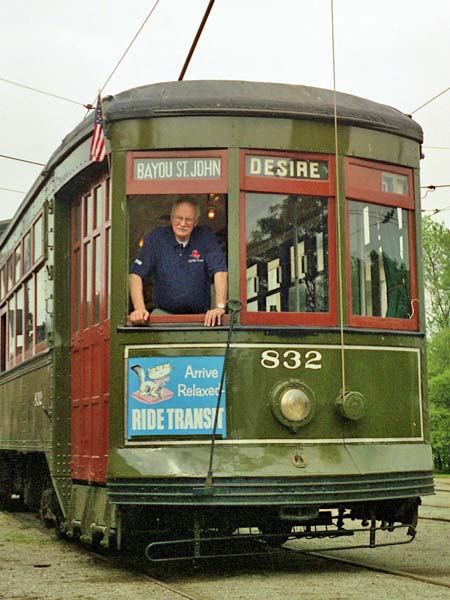
Washington, Pa / Jun 2003 / RWH
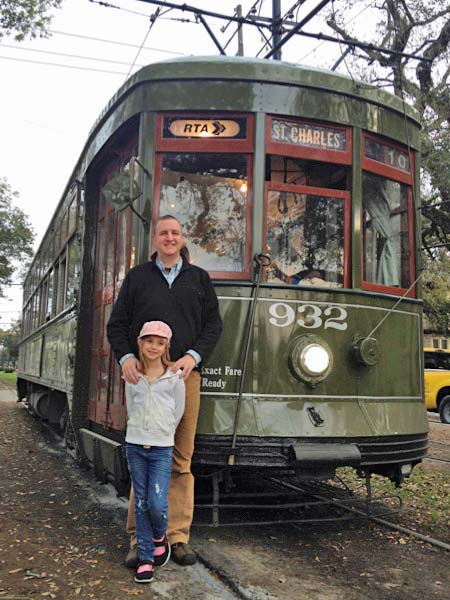
New Orleans, La / Feb 2012 / Elizabeth Hawkins

New Orleans, La / Sep 2003 / Gordon Payne

New Orleans, La / Sep 2003 / Gordon Payne
Links / Sources
- New Orleans Regional Transit Authority - operator of all three active lines
- Wikipedia article on New Orleans' streetcar system
- New Orleans Online.com historical overview
- Brief historical sketch of NOPSI by Walt Loevy at The Singing Wire
- Louisiana Streetcar Systems by John Smatlak
- New Orleans Streetcar Album by H. George Friedman, Jr.
- E. Harper Charlton, Street Railways of New Orleans (Interurbans Special No. 17 , April 1955)
